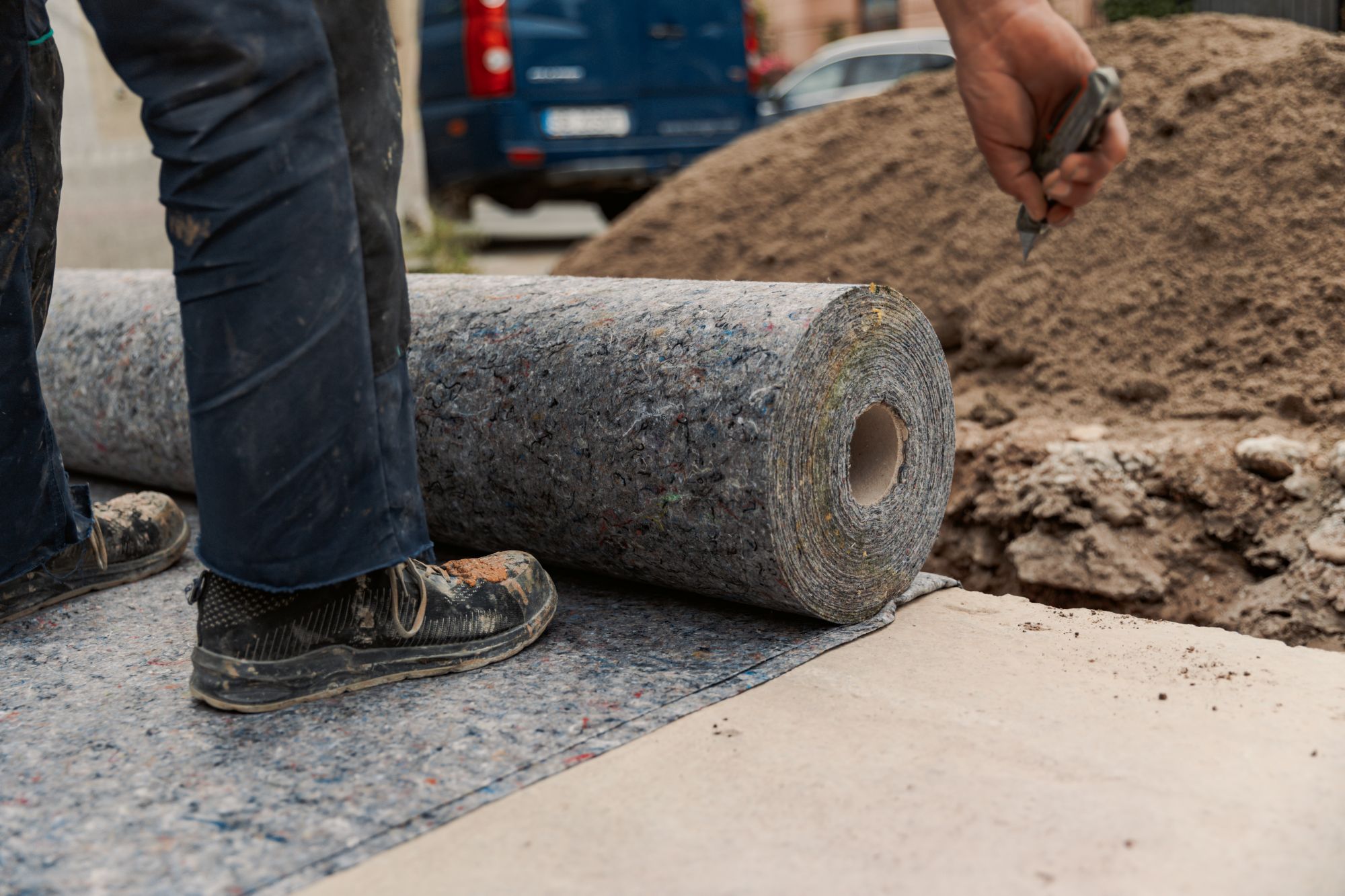
Auckland’s climate, with its humid summers, regular rainfall, and mild winters, makes moisture control an important part of home maintenance. One of the most effective ways to reduce moisture in your home is by installing a ground moisture barrier. These are especially useful in properties with timber floors and underfloor cavities, and are now a key requirement in many rental properties under New Zealand’s Healthy Homes Standards.
This article covers why these barriers are essential, how they work, and what Auckland homeowners and landlords should know before installing one.
What Is a Ground Moisture Barrier?
A ground moisture barrier is a sheet of heavy-duty polythene that is laid directly over the soil beneath a home. Its purpose is to block moisture from rising out of the ground and into the home through the subfloor space. Even if the soil appears dry, it can release litres of moisture into the air each day. Without a barrier in place, this moisture can rise into the floor structure and create a damp, humid environment.
Over time, that moisture can damage insulation, rot timber, and contribute to condensation and mould in the living space above. A well-installed barrier forms a protective layer that stops this vapour movement and helps maintain a drier, healthier home.
Why Auckland Homes Need Them
Reduces Damp and Mould
Moisture rising from the ground often leads to damp smells, stained timbers, and mould growth in walls, floors, and insulation. By stopping this at the source, a moisture barrier helps prevent these issues before they can take hold.
Protects Your Insulation and Structure
Wet or damp insulation loses effectiveness and may eventually need replacing. Timber floors exposed to constant moisture may also warp, rot, or attract pests. A ground barrier helps maintain the dryness of these materials and protects your investment.
Improves Indoor Comfort and Air Quality
Less moisture below the home means fewer musty smells, more stable indoor humidity, and better long-term health outcomes. This is especially important for households with asthma or allergy sufferers.
Complies with Rental Standards
For rental properties, ground moisture barriers are now required under the Healthy Homes Standards if there is an enclosed subfloor space and reasonable access to install one. It is a legal obligation for landlords, and properties without compliant barriers may fail inspection.
How Installation Works
Material Requirements
The barrier must be made from polythene that is at least 0.25 millimetres thick. It should meet the minimum vapour resistance requirements set out in the building code and be installed according to New Zealand Standard NZS 4246. This ensures it is durable and effective.
Installation Process
The ground beneath the home is cleared of debris and smoothed out. The barrier is laid so that it covers the entire floor area, with overlaps at joins and around piles. These overlaps are then taped or sealed to create a continuous barrier. It must extend up around foundation piles to a minimum height and be well-secured to stay in place.
Drainage and Ventilation
Before installation, it is important to ensure that there is no standing water or drainage issues under the home. Ventilation around the subfloor perimeter should be left clear so that any incidental moisture can still escape. The barrier should sit flush with the ground to avoid trapping water underneath it.
Inspection and Maintenance
After installation, the barrier should be checked periodically, especially after any subfloor work. Tears or dislodged sections should be repaired quickly to maintain effectiveness.
When a Barrier May Not Be Required
Not every property needs a ground moisture barrier. Homes with a concrete slab foundation, for example, do not require one. If the subfloor space is inaccessible or obstructed by permanent structures, the requirement may not apply. However, for the majority of Auckland homes with timber floors and crawlspaces, installing a barrier is a worthwhile investment.
In Auckland’s humid climate, ground moisture barriers are a smart and often necessary addition to any home with an accessible subfloor. They protect against mould, structural damage, and indoor damp, while also helping landlords meet legal requirements. Whether you’re improving your rental property or future-proofing your own home, a professionally installed ground barrier can deliver lasting peace of mind.
For assessments, compliance checks, or a quote on installation, contact the team at Panda Solutions.
